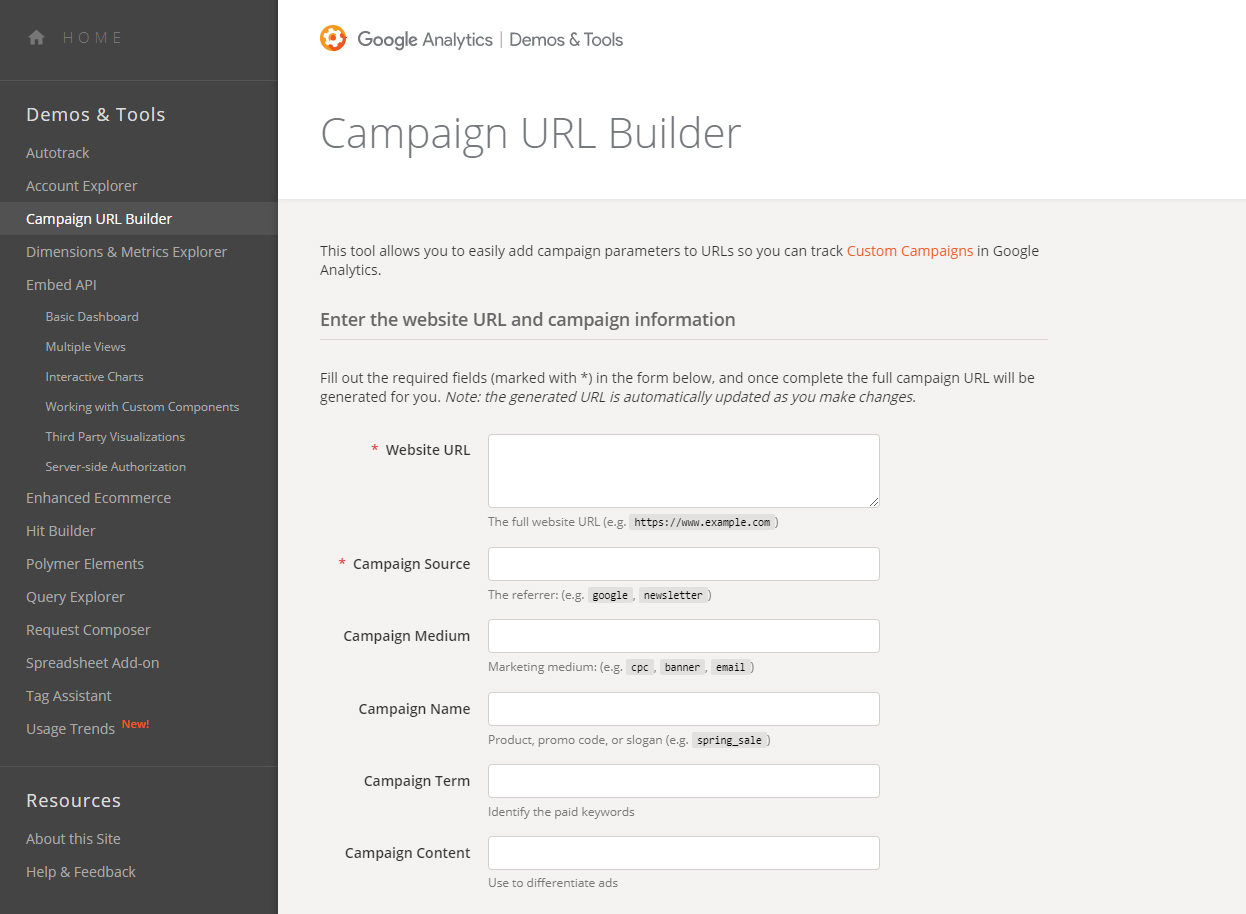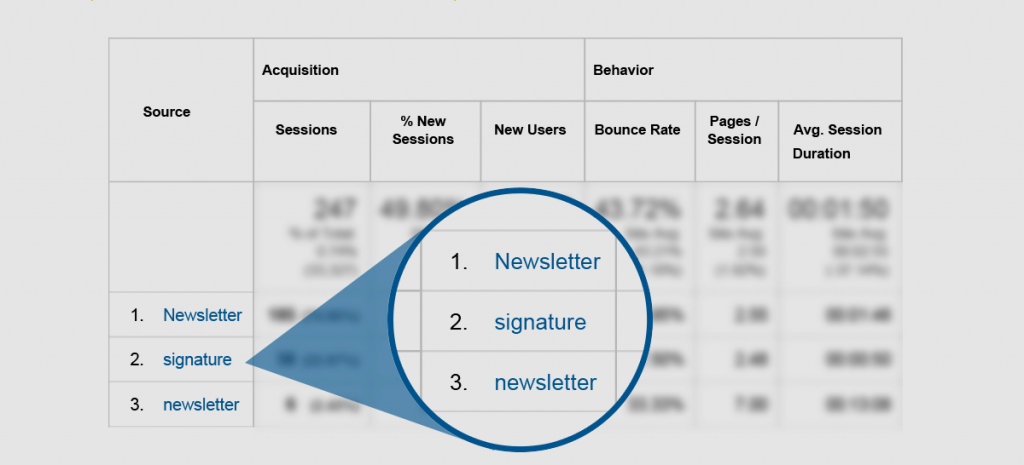Analyzing Traffic For Your Business: UTM Tracking
August 16, 2017
Understanding website traffic as well as complex analytics can be a challenge for business owners and marketing professionals alike. Know which promotional channels and campaigns are responsible for generating leads to your website is an important part of improving your marketing efforts and reaching the right people at the right time. UTM tracking is a powerful tool that can help you uncover these valuable insights and help strengthen your online presence in the future.
UTM tracking gives you the power to track online traffic to your website from different sources. It gives you the ability to analyze traffic from social media accounts or posts, company newsletters, blogs, and also PPC ads. UTM tracking is a simple way to gain a better understanding of where your online traffic is coming from and how you can improve your most popular touch points.
UTM tracking works using additional parameters or code that’s placed at the end of a website’s URL. Through adding different parameters related to sources, mediums, or campaigns you can track and view traffic to your website using Google Analytics. A typical website URL with UTM tracking might look like.
https://www.visimpact.com/blog-post/?utm_source=google
The website URL is broken into two individual parts. The standard URL you are familiar with and the UTM parameter that is unique to each variable you are looking to track. There are several different UTM parameters that you can use depending on what you’re looking to track.
Campaign Source: Tells you where traffic came from; Search Engine, Blog, Newsletter, ect…
Campaign Medium: Lists where the traffic came from: Social Media, Search, Referral, ect…
Campaign Content: Links directly to CTAs in blogs or other online content
Keyword: Lists what specific keyword the user came from: Shoes, Cars, Sports, ect…
Based on what specific elements of website traffic you want to track, you can build and adjust your parameters depending on your application. You can either build your parameters manually or with templated tools.
One of the easiest ways to put together your own UTM tracking parameters is using Google Analytics’ URL builder. This tool allows you to build unique URLs for your website and incorporate specific UTM parameters related to sources and mediums.

Similar to filling out an online form, Google’s URL builder takes all the guess work out of designing your URL. With descriptions and instructions written in plain language, this tool provides valuable information in an easy-to-use format.
After building your UTM tracking code for your website’s URL, you can easily track it using Google Analytics. Once you have your parameter enabled on your URL, you can login into your Analytics account and click Traffic sources> Sources > then campaigns. In this section, you will find key metrics related to website traffic for your site.
Using Google Analytics, you can view bounce rates, page views, visit duration, and other essential metrics that are linked to traffic sources. With this data you can refine your content strategy to make the most out of your marketing budget.

UTM tracking is a great way to gain valuable insight into traffic for your business. Tracking leads from social media posts, blogs, and other sources can be a challenge for many marketers. UTM tracking makes this process accessible to users of varying skill levels and helps you make the most of your online marketing efforts.
Need a better way to track results for your campaigns? Looking for insights and direction? Think VIG!


